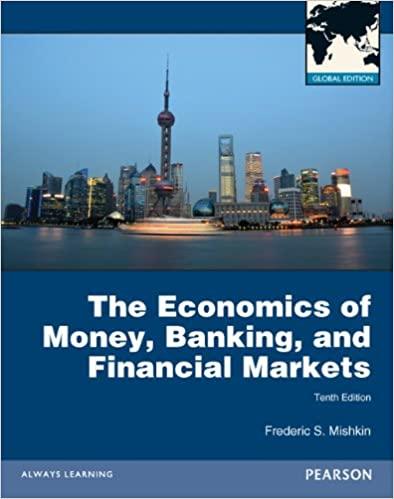Answered step by step
Verified Expert Solution
Question
1 Approved Answer
12. Non annual compounding period The number of compounding periods in one year is called compounding frequency. The compounding frequency affects both the present and


12. Non annual compounding period The number of compounding periods in one year is called compounding frequency. The compounding frequency affects both the present and future values of cash flows. An investor can invest money with a particular bank and earn a stated interest rate of 8.80%; however, interest will be compounded quarterly. What are the nominal (or stated), periodic, and effective interest rates for this investment opportunity? Interest Rates Nominal rate Periodic rate Effective annual rate You want to invest $11,000 and are looking for safe investment options. Your bank is offering a certificate of deposit that pays a nominal rate of 8.00% that is compounded bimonthly (every two months). Your effective rate of return on this investment is . Another bank is also offering favorable terms, so Nick decides to take a loan of $11,000 from this bank. He signs the loan contract at 10.40% compounded daily for 12 months. Based on a 365-day year, what is the total amount that Nick owes the bank at the end of the loan's term? (Hint: To calculate the number of days, divide the number of months by 12 and multiply by 365.) $12,205.73 $12,632.93 $12,816.02 $12,938.07
Step by Step Solution
There are 3 Steps involved in it
Step: 1

Get Instant Access to Expert-Tailored Solutions
See step-by-step solutions with expert insights and AI powered tools for academic success
Step: 2

Step: 3

Ace Your Homework with AI
Get the answers you need in no time with our AI-driven, step-by-step assistance
Get Started


